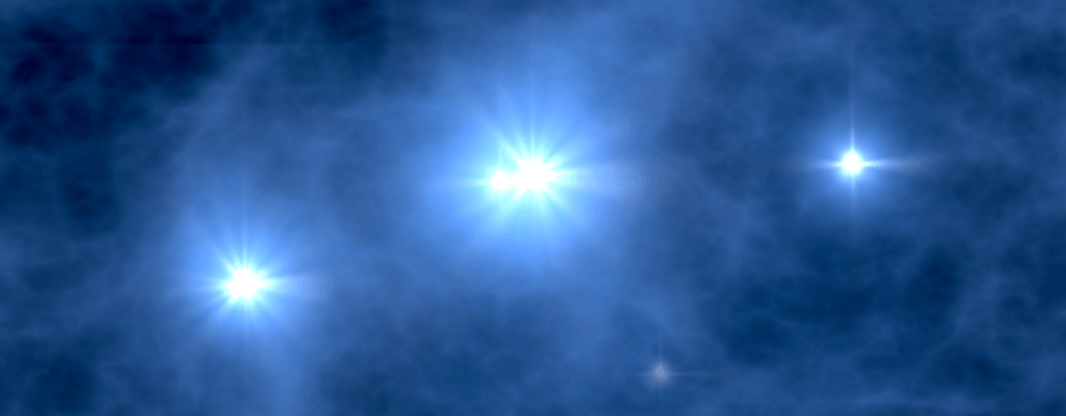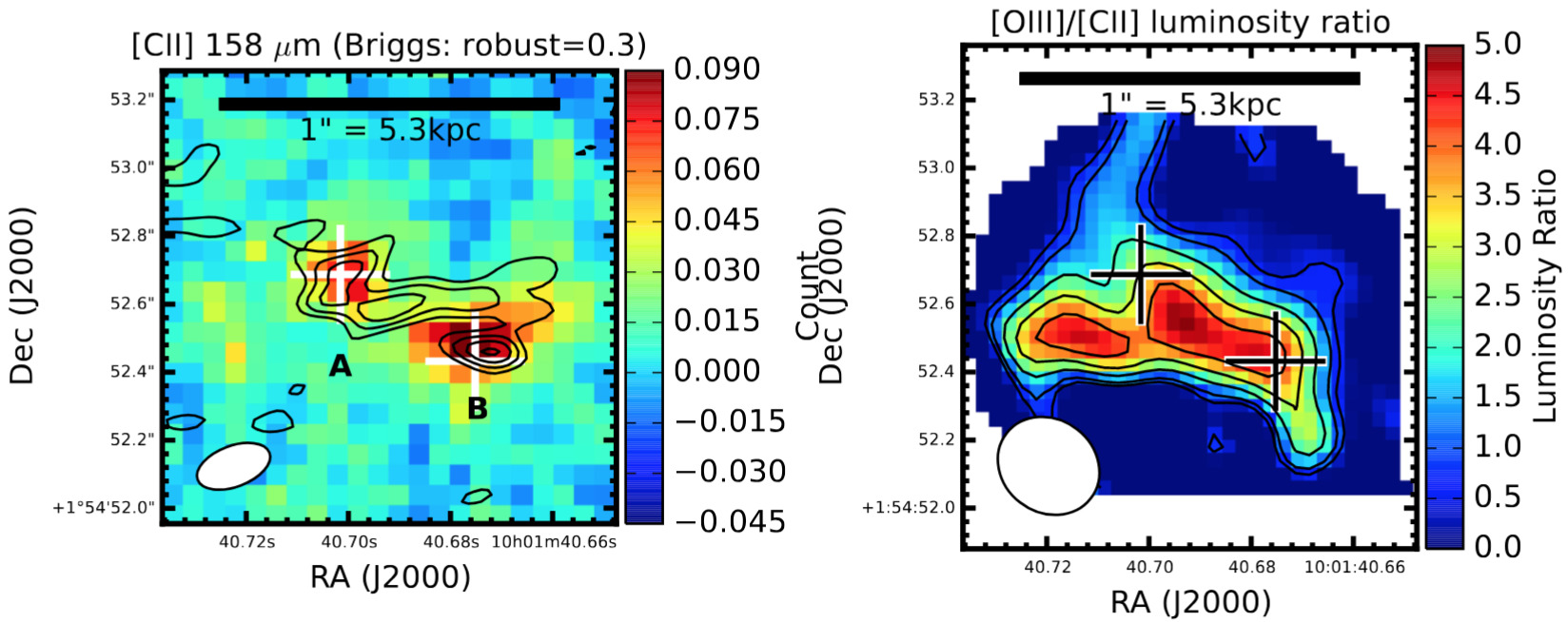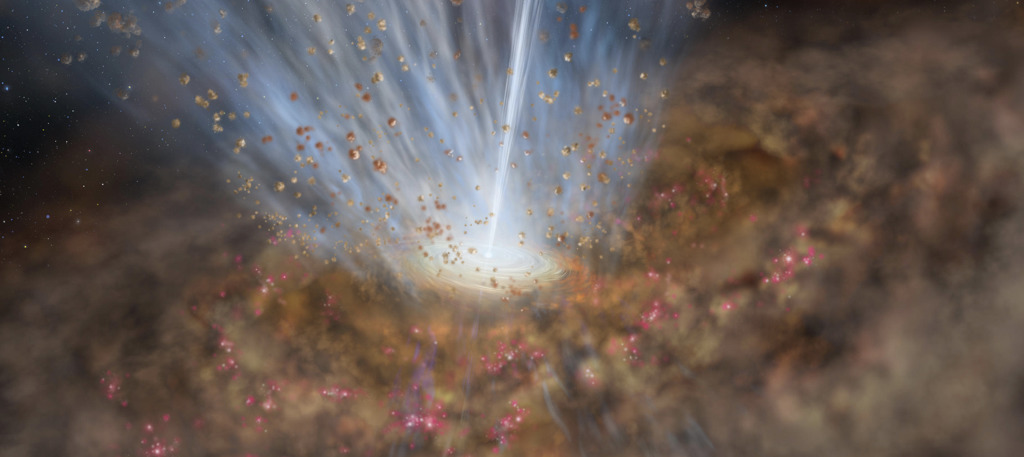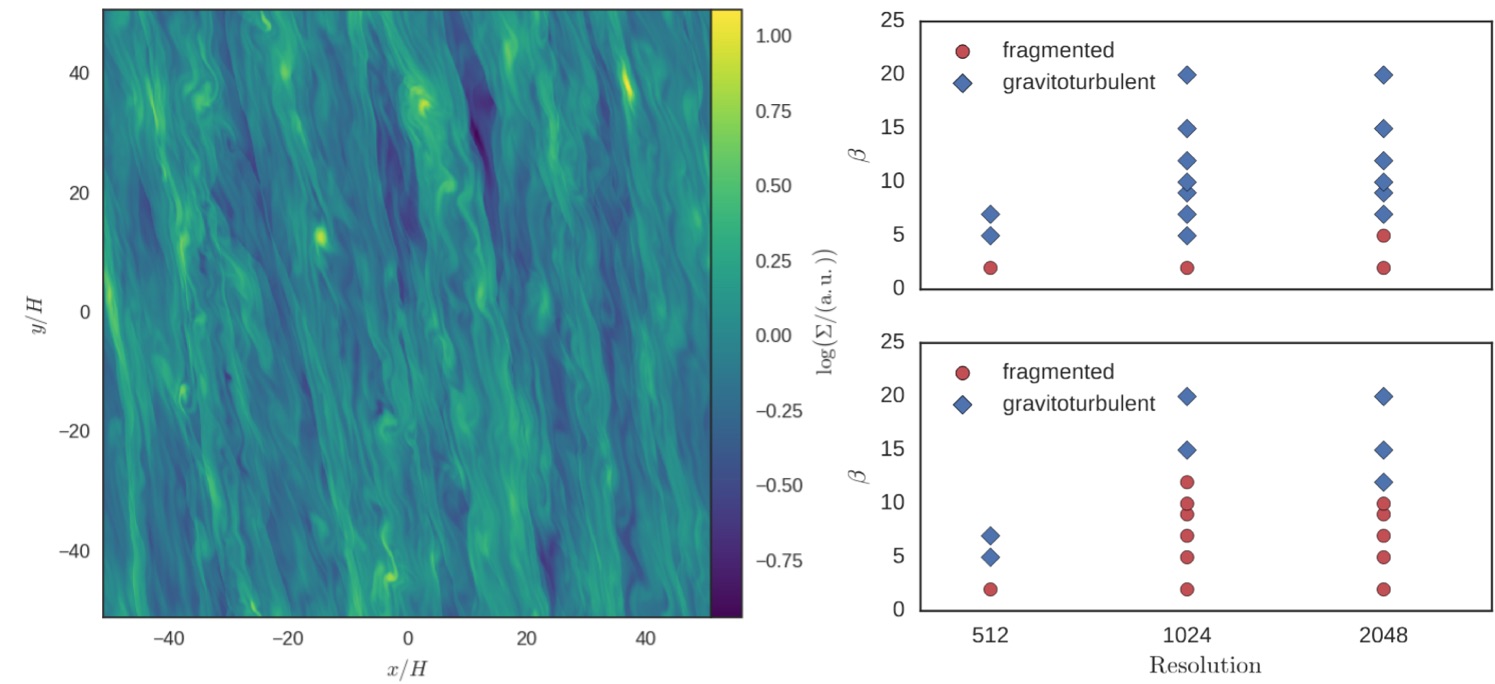Radiation hydrodynamical simulations of first-star binaries including radiative feedback

Kazuyuki Sugimura
University of Tohoku
The formation of the first stars after the big bang is one of the most important outstanding problems in modern astrophysics. While recent theoretical studies of the formation of individual first stars revealed the importance of radiative feedback and led to estimates first star the masses of first stars, studies...


 和 英
和 英 





